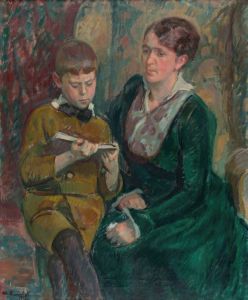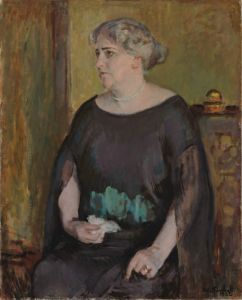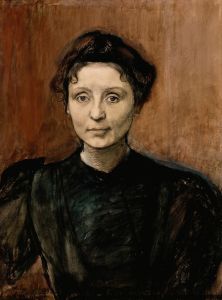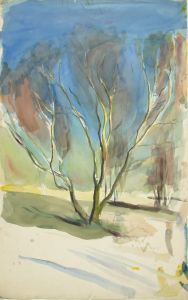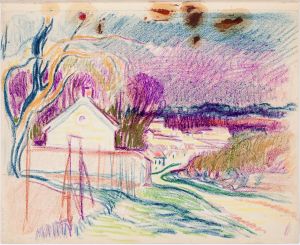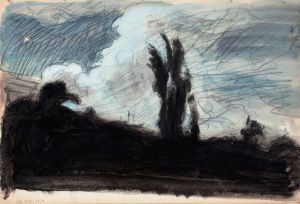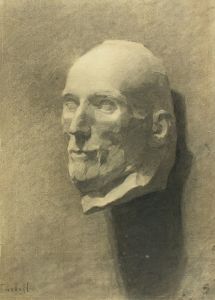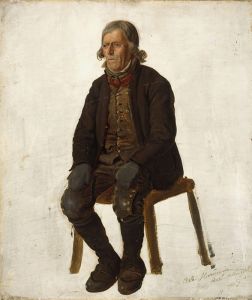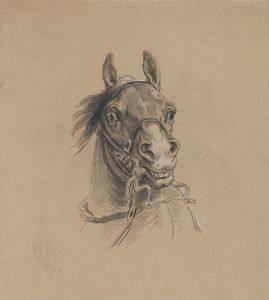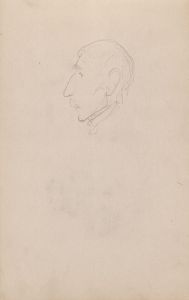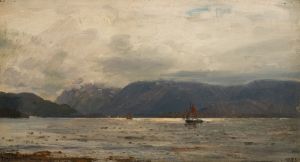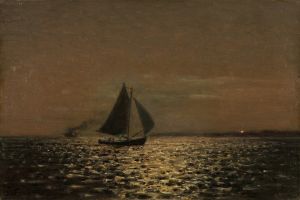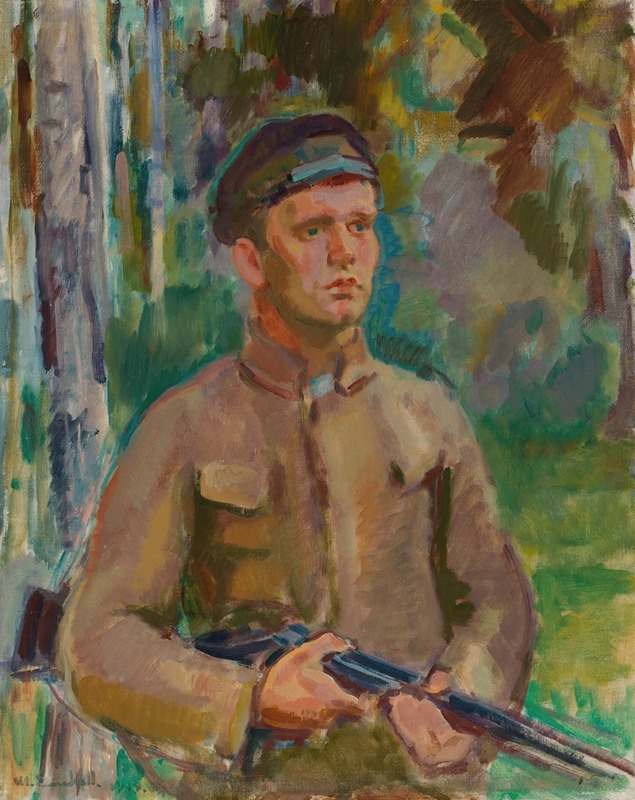
Hunter
A hand-painted replica of Magnus Enckell’s masterpiece Hunter, meticulously crafted by professional artists to capture the true essence of the original. Each piece is created with museum-quality canvas and rare mineral pigments, carefully painted by experienced artists with delicate brushstrokes and rich, layered colors to perfectly recreate the texture of the original artwork. Unlike machine-printed reproductions, this hand-painted version brings the painting to life, infused with the artist’s emotions and skill in every stroke. Whether for personal collection or home decoration, it instantly elevates the artistic atmosphere of any space.
Magnus Enckell's painting "Hunter" is a notable work by the Finnish symbolist painter, who was a prominent figure in the Finnish art scene during the late 19th and early 20th centuries. Enckell was born on November 9, 1870, in Hamina, Finland, and he became known for his contributions to the Symbolist movement, which sought to express ideas and emotions through symbolic imagery and themes.
"Enckell's "Hunter" was created during a period when the artist was exploring themes of mythology, nature, and the human condition. While specific details about the painting "Hunter" are limited, Enckell's broader body of work often depicted solitary figures in contemplative poses, set against dreamlike landscapes. His use of color and light was subtle, often employing a muted palette that enhanced the introspective quality of his subjects.
Enckell was influenced by his studies in Paris, where he was exposed to the works of other Symbolist artists. This influence is evident in his approach to composition and his interest in exploring the inner world of his subjects. The Symbolist movement, which emerged in the late 19th century, was characterized by its emphasis on emotion, spirituality, and the use of metaphorical imagery. Enckell's work, including "Hunter," reflects these themes, often inviting viewers to delve into the deeper meanings behind the visual elements.
Throughout his career, Enckell was associated with the Septem group, a collective of Finnish artists who sought to introduce modernist ideas into Finnish art. This group played a significant role in the development of modern art in Finland, and Enckell's contributions were instrumental in shaping the direction of Finnish Symbolism.
Enckell's work is also noted for its exploration of themes related to identity and the human experience. His paintings often feature solitary figures, which can be interpreted as a reflection of the artist's own introspective nature. The "Hunter," like many of Enckell's works, may be seen as a meditation on the relationship between humans and nature, a common theme in Symbolist art.
Magnus Enckell's legacy as a pioneer of Finnish Symbolism is well-established, and his works continue to be studied and appreciated for their emotional depth and symbolic richness. While specific details about the painting "Hunter" are scarce, it remains an important part of Enckell's oeuvre and a testament to his skill as a painter and his ability to convey complex themes through his art.
Enckell passed away on November 27, 1925, but his influence on Finnish art and his contributions to the Symbolist movement endure. His works are held in various collections and continue to be exhibited, allowing new generations to engage with his unique artistic vision.





